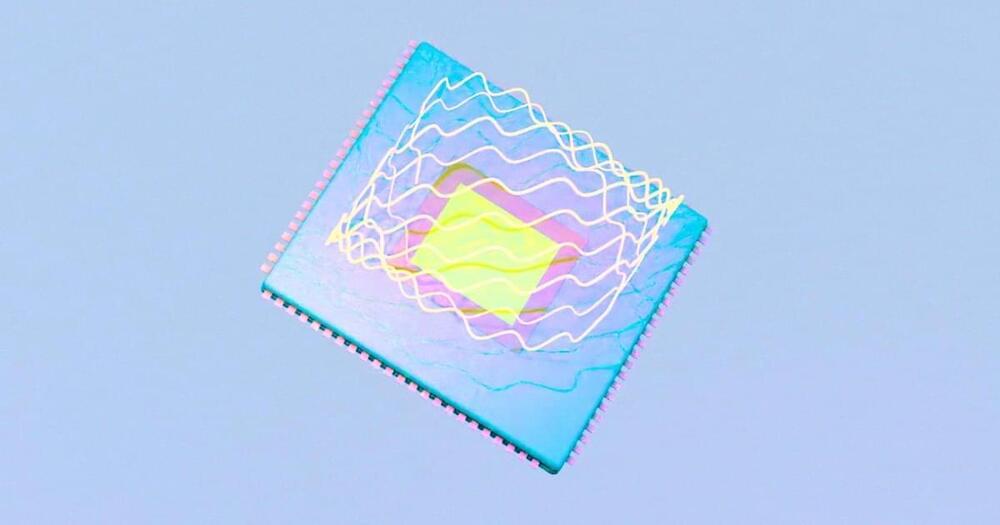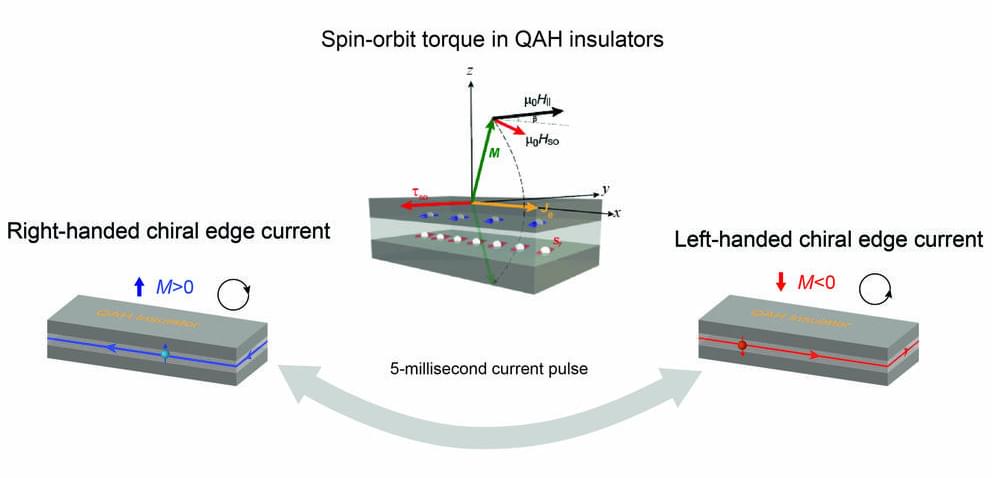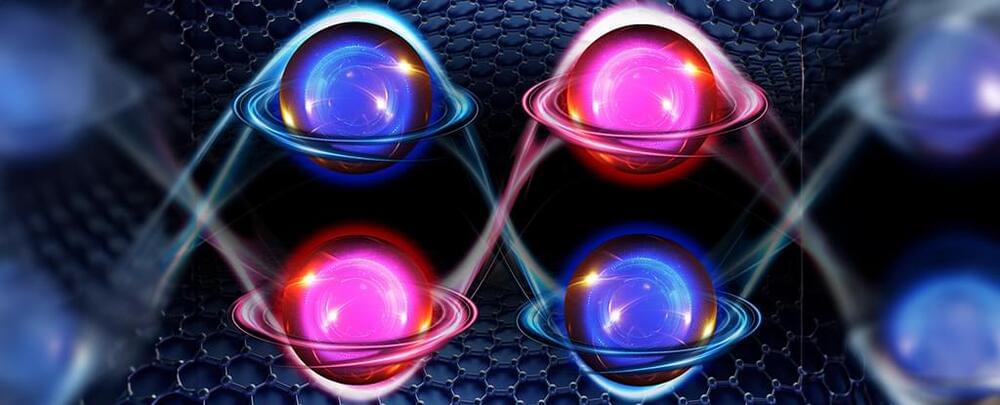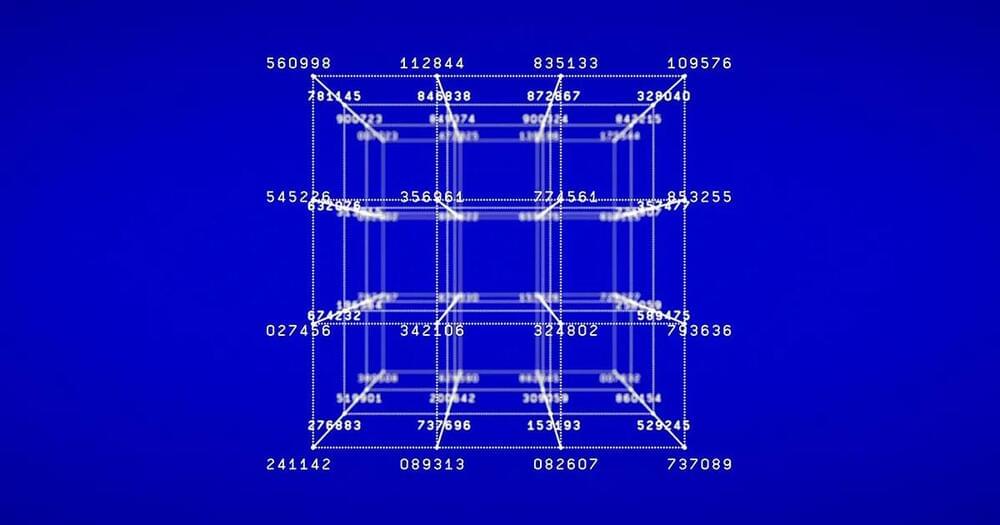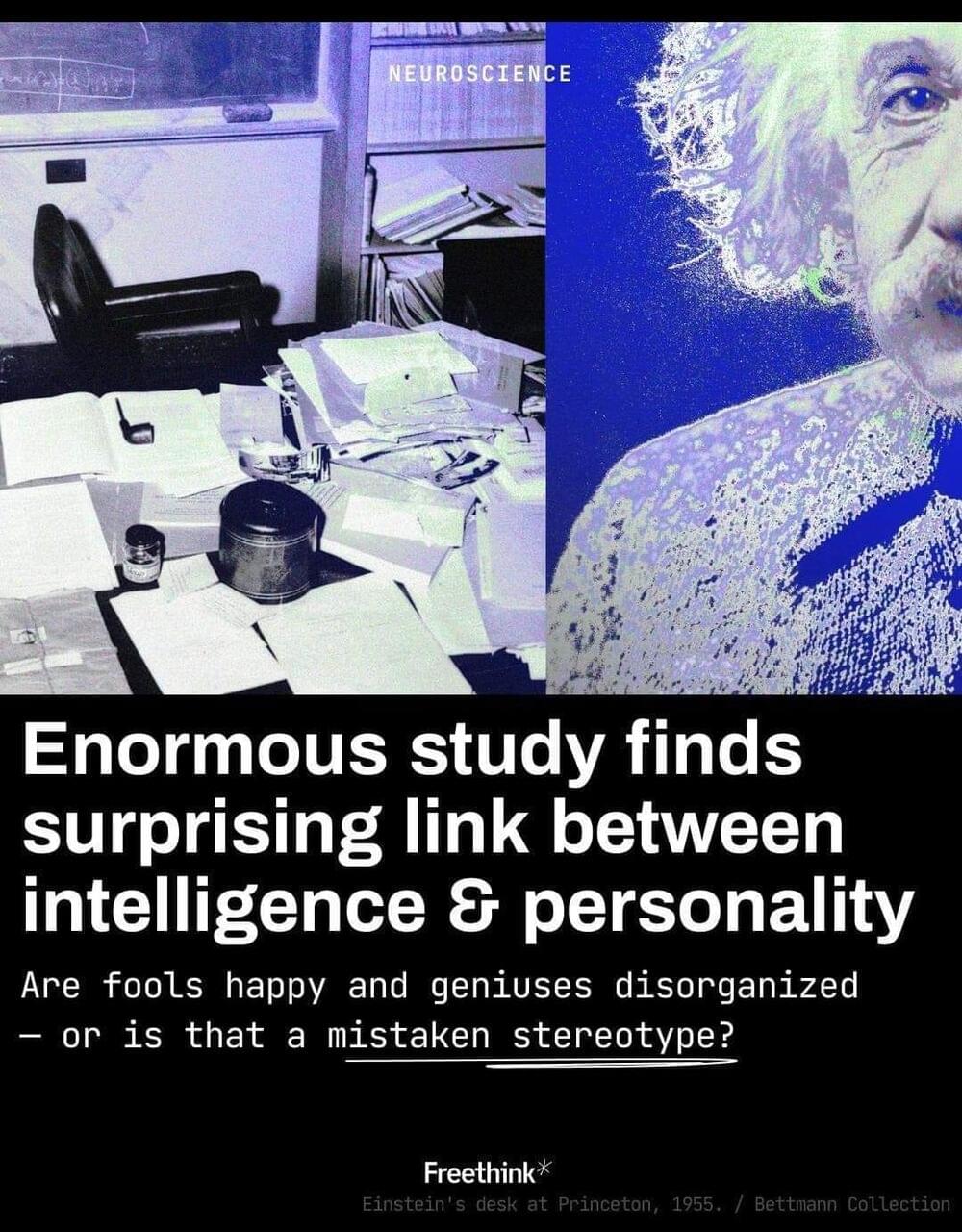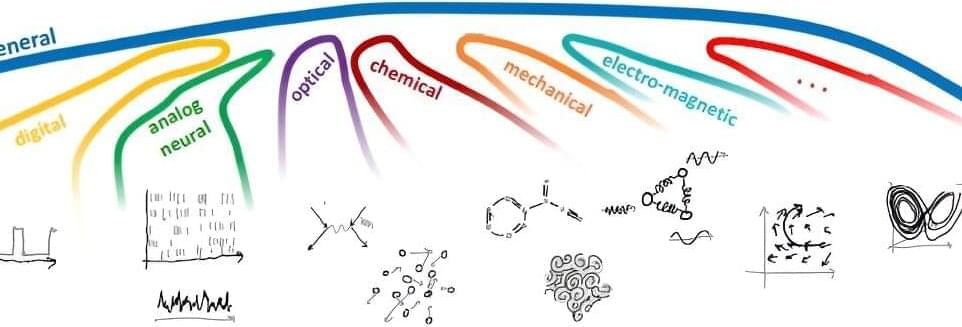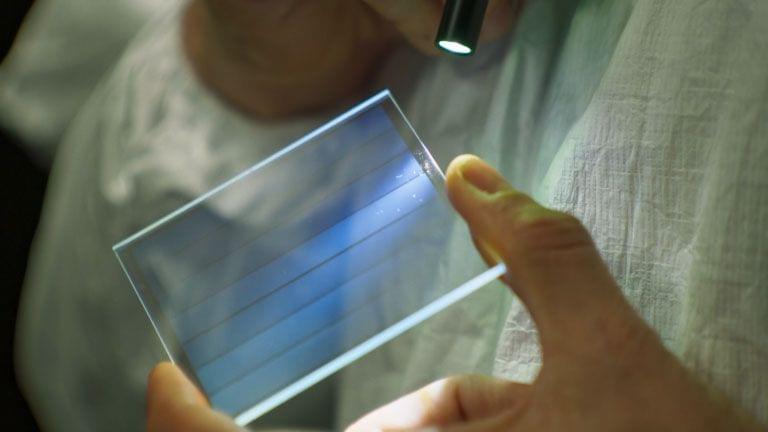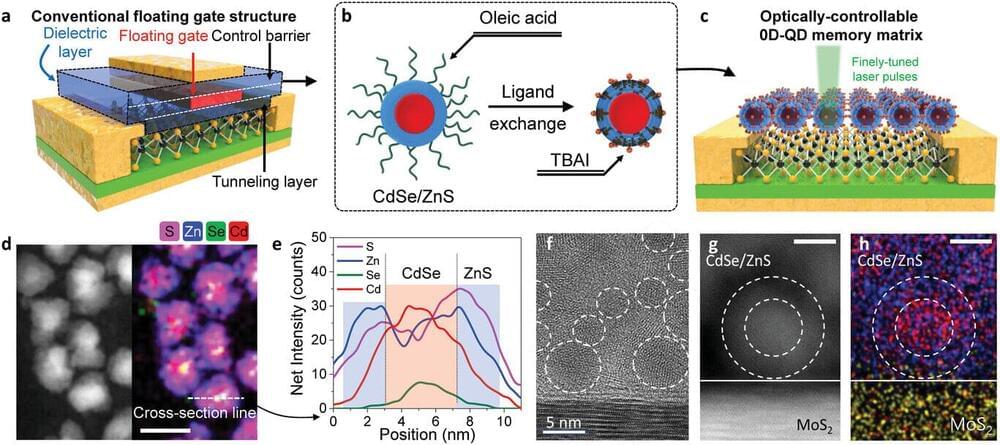Oct 21, 2023
Windows 11 Pro’s encryption can slow down SSDs by nearly 50%
Posted by Raphael Ramos in categories: computing, encryption, security
Windows 11 Pro ships with a security feature that could severely hamper your solid-state drive’s performance. Fortunately, it is easy enough to turn off but some might not even know it is enabled by default.
BitLocker encryption in Windows 11 Pro is designed to safeguard data and ensure it is only accessible by authorized individuals, but it comes with a steep performance penalty. To find out how much of an impact it could have, Tom’s Hardware recently conducted tests under three scenarios: unencrypted (no BitLocker), software-enabled BitLocker (the Windows 11 Pro default), and hardware-based BitLocker.
The crew used a 4 TB Samsung 990 Pro SSD running Windows 11 Pro (22H2, with all patches installed) paired with an Intel Core i9-12900K and 32 GB of DDR4 RAM for testing.

